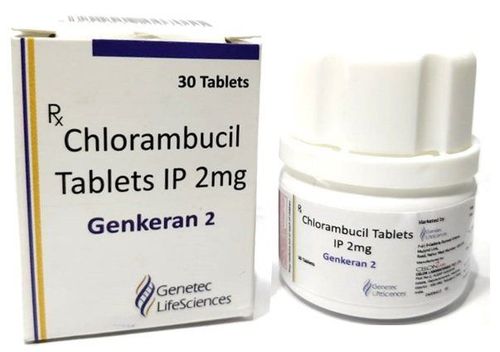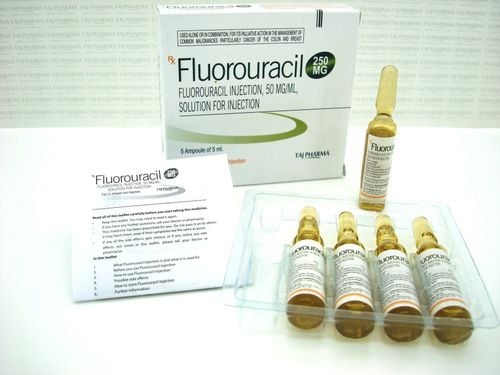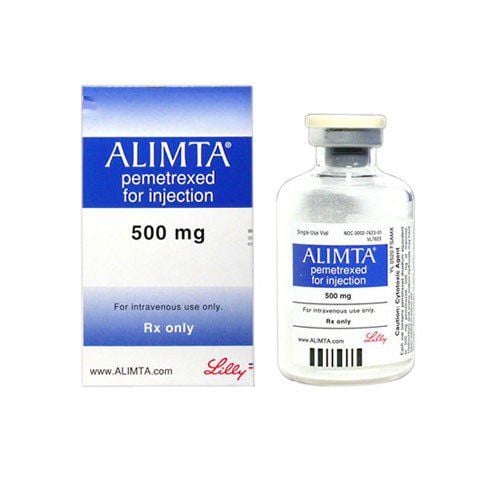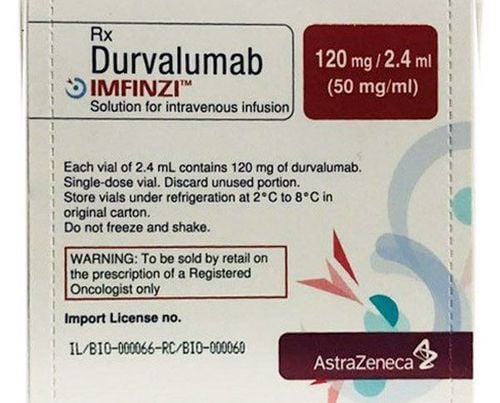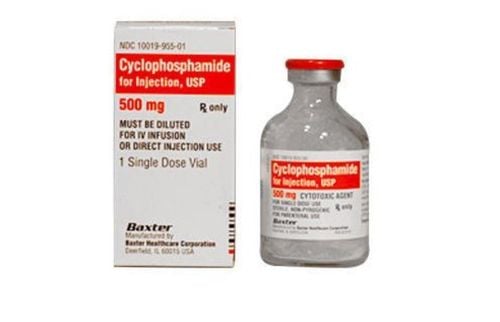This is an automatically translated article.
What does Canpaxel do, is it an anti-cancer drug? With the main ingredient Paclitaxel, Canpaxel is used in the treatment of breast cancer, ovarian cancer, non-small cell lung cancer and HIV/AIDS-associated Kaposi's sarcoma.
1. What does Canpaxel do?
Canpaxel belongs to the group of anti-cancer drugs and affects the immune system, with the main ingredient being Paclitaxel 100mg/16.7ml. The active ingredient Paclitaxel of the Taxane group has anti-cancer effects, inhibits and prevents cancer cells from growing, and at the same time regulates the patient's immune response.
Canpaxel is prepared as a solution for injection and is indicated for use in the following cases:
Treatment of metastatic ovarian cancer in case the patient fails or is contraindicated with other treatment measures. In combination with doxorubicin for adjuvant treatment of metastatic breast cancer in case the patient fails with other treatments or the cancer recurs after 6 months of adjuvant therapy. Treatment of HIV/AIDS-associated non-small cell lung cancer or Kaposi's cancer.
2. How to use and dose Canpaxel
2.1 How to use Canpaxel drug Canpaxel drug is administered by intravenous infusion, the infusion, including the preparation of the drug to the injection technique, must be performed by medical staff or experienced doctors, ensuring the process. the drug preparation process must be sterile, do not let the drug come into contact with the skin or mucous membranes. If you accidentally let the medicine come into contact with it, you need to clean it thoroughly.
Canpaxel can be diluted with one of several solvents, including: 0.9% sodium chloride solution, 5% glucose solution, 0.9% sodium chloride solution and 0.9% sodium chloride solution. 5% glucose solution or a mixture of 5% glucose solution and ringer solution. The infusion solution after reconstitution must have a concentration of 0.3 - 1.2 mg/ml.
Canpaxel drug after reconstitution should be left at room temperature for 27 hours to stabilize the infusion in terms of physicochemical properties. After reconstitution, it should be infused immediately or within 3 hours. Note, do not put the infusion into the refrigerator.
Before infusion of Canpaxel, it is necessary to prevent possible hypersensitivity reactions and prepare appropriate treatment measures to protect the patient's life. Specific hypersensitivity prophylaxis is as follows:
Before infusion of Canpaxel, take Prednisolone at a dose of 30-40mg (equivalent to 6-8 tablets, 5mg each), orally 12 hours and 6 hours before infusion. About 30-60 minutes before infusion of Canpaxel, intravenous infusion of Clemastine at a dose of 2mg, Cimetidine at a dose of 300mg or Ranitidine at a dose of 50mg. Before each course of treatment with Canpaxel, dexamethasone 20mg orally or intravenously, administered 12 hours and 6 hours before infusion. About 30 - 60 minutes before Canpaxel infusion, intravenous infusion of Clemastine at a dose of 2mg, Cimetidine at a dose of 300mg or Ranitidine at a dose of 50mg and Diphenhydramine at a dose of 50mg. 2.2 Dosage of Canpaxel The dose of Canpaxel depends on the characteristics of the tumor (including its nature and volume) and the patient's tolerance to chemotherapy. In general cancer treatment, chemotherapy must be carried out by a doctor with professional experience.
Dosage of Canpaxel in the treatment of ovarian cancer is as follows:
First choice regimen in the treatment of advanced ovarian carcinoma in combination with Cisplatin: Based on toxicity to choose one of two regimens to treat treat. Regimen 1, intravenous infusion of Canpaxel at a dose of 175 mg/m2 body surface area for 3 hours, followed by intravenous infusion of Cisplatin at a dose of 75 mg/m2, a break of 3 weeks, repeat the dose. Regimen 2, intravenous infusion of Canpaxel at a dose of 135mg/m2 for 24 hours, followed by intravenous infusion of cisplatin at a dose of 75mg/m2, repeated 3 weeks off. Second-line regimen in the treatment of advanced, metastatic, and unresponsive ovarian cancer: Canpaxel IV infusion at a dose of 135mg/m2 or 175mg/m2 over 3 hours, Repeat for 3 weeks if the patient's body tolerates the drug. Dosage of Canpaxel in the treatment of breast cancer:
Combination adjuvant treatment of breast cancer with lymph nodes: Intravenous infusion of Canpaxel at a dose of 175mg/m2 for 3 hours, resting for 3 weeks and then repeating, taking the drug in 4 cycles after The patient completed the combination regimen with Doxorubicin. Second-line regimen for the treatment of advanced, metastatic or recurrent breast cancer: Canpaxel intravenous infusion at a dose of 175 mg/m2 over 3 hours, repeated 3 weeks off. Dosage of Canpaxel in the treatment of non-small cell lung cancer:
Regimen 1: Intravenous infusion of Canpaxel at a dose of 135mg/m2 for 24 hours, followed by intravenous infusion of Cisplatin at a dose of 75mg/m2, repeated 3 weeks off. Regimen 2: Canpaxel intravenous infusion at a dose of 175mg/m2 for 3 hours, followed by Cisplatin infusion at a dose of 80mg/m2, repeated 3 weeks off. Dosage of Canpaxel in the treatment of HIV/AIDS-related Kaposi's sarcoma:
Patients with advanced HIV: Canpaxel should only be used when the neutrophil count is at least 1,000/mm3. Patients with HIV/AIDS-associated Kaposi's sarcoma unresponsive to first-line regimens or to subsequent chemotherapy: Option of either regimen. Regimen 1, intravenous infusion of Canpaxel at a dose of 135mg/m2 for 3 hours, repeated for 3 weeks. Regimen 2, intravenous infusion of Canpaxel at a dose of 100mg/m2 for 3 hours, rest for 2 weeks repeat.
3. Canpaxel side effects
Canpaxel may cause some unwanted side effects such as: hypotension, bone marrow depression, increased liver enzymes, digestive disorders, musculoskeletal pain, peripheral neuropathy, hair loss.
If you see any unusual symptoms after taking Canpaxel, the patient should immediately notify the doctor or medical staff for examination.
4. Some notes when using Canpaxel
Do not use Canpaxel in people with hypersensitivity to any of its components (including Cremophor EL oil); people with neutrophil counts below 1,500/mm3 or people with obvious motor neuron disease; pregnant or lactating women; children under 18 years old (due to limited information on the effectiveness and safety of the drug). For patients with hepatic impairment or liver dysfunction, a dose adjustment of Canpaxel may be required. Do not take the drug when the transaminase level is 10 times higher than normal or when the bilirubin level is above 7.5mg/100ml or 5 times higher than normal. People with heart disease, diabetic peripheral neuropathy or chemotherapy should use caution when using Canpaxel. Because in the composition of the drug, there is Cremophor EL - a substance capable of causing anaphylactoid reactions, so before using Canpaxel, patients need to be treated for hypersensitivity prevention as well as always ready to respond to reactions. protect if it happens. If multiple infusions are required, Canpaxel should be administered before the platinum derivatives to limit the risk of myelosuppression. Elderly people need to be careful when using Canpaxel because there may be a high risk of toxicity such as agranulocytosis, neuropathy. The use of Canpaxel is to stop cancer cells from growing in people with ovarian cancer, metastatic or advanced breast cancer when the patient has failed other treatments. Canpaxel is also used in the treatment of non-small cell lung cancer, Kaposi's sarcoma in HIV/ADIS-infected patients.




